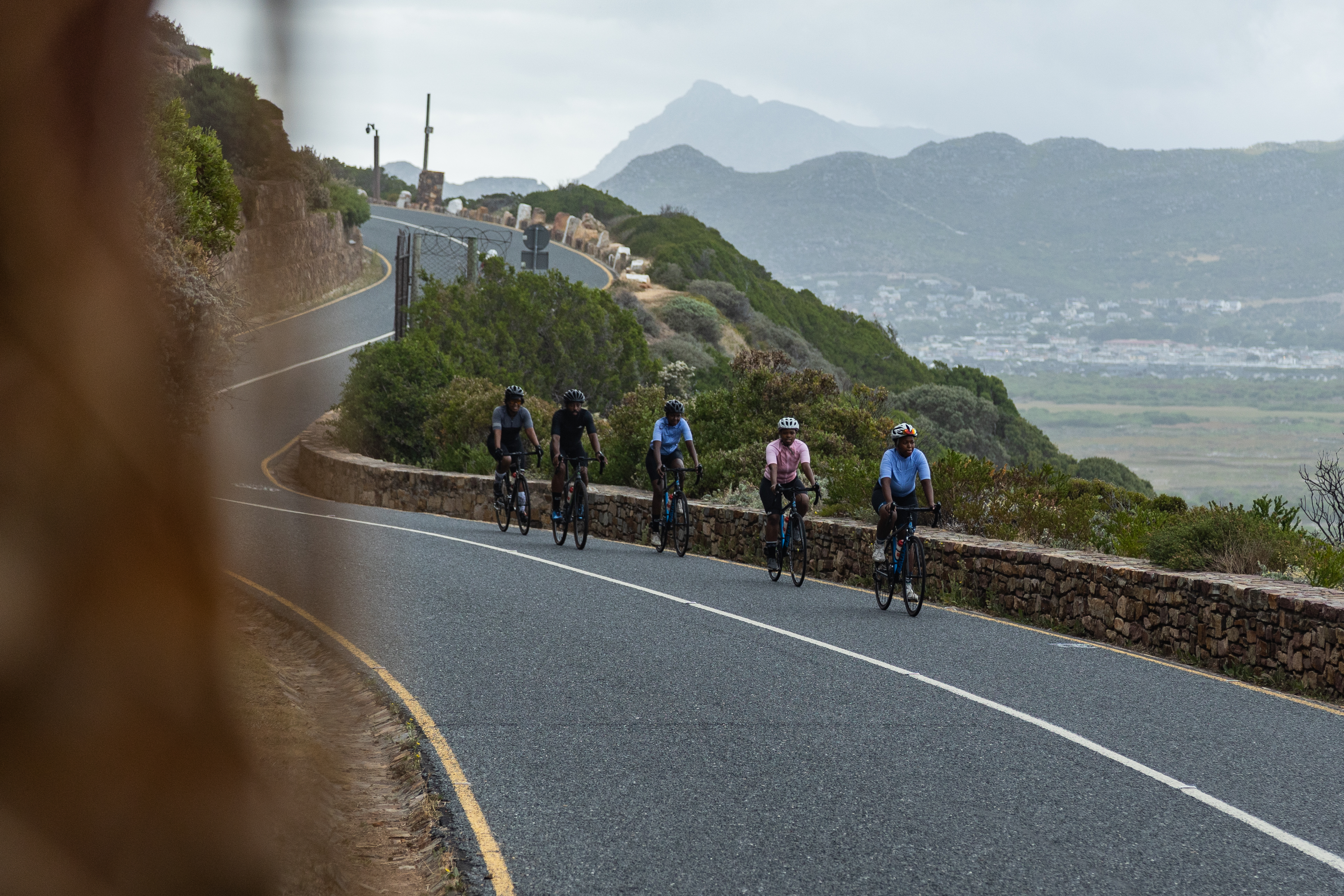Winter may be when most cyclists hibernate and store away their bikes, but for those seeking an exhilarating challenge and a unique outdoor experience, it's the perfect season to hit the roads or trails. Cycling in winter offers a special kind of thrill, where icy landscapes and crisp air create a magical setting. To make the most of your winter cycling adventures, I have compiled a list of essential tips and gear recommendations to ensure a safe and enjoyable ride. So, gear up, and let's explore the wonders of cycling in winter!
Tips for Winter Cycling
- Plan your routes carefully. Choose well-traveled roads or trails that are likely to be cleared. Prioritize routes with less traffic and avoid busy or dangerous sections.
- Layer up. Dressing appropriately is crucial for winter cycling. Layering your clothing helps regulate body temperature and allows you to adjust as needed. Start with a moisture-wicking base layer, add an insulating mid-layer, and top it off with a windproof and waterproof outer shell.
- Protect your extremities. Keep your hands, feet, and head warm by wearing gloves, shoe covers, or winter-specific cycling shoes, and a thermal hat or balaclava. Remember to wear woolen socks to keep your toes cozy!
- Use lights and reflectors. Winter days are shorter, and visibility can be compromised. Use front and rear lights, as well as reflective gear, to make yourself more visible to motorists and other cyclists.
- Adapt your riding style. Winter roads can be slippery, so adjust your speed and braking distance accordingly. Be cautious of black ice and take turns more gradually. Always prioritize safety and ride defensively.
- Maintain your bike. Winter conditions can be harsh on your bike. Keep it clean and lubricated regularly to prevent rust and damage. Check your tire pressure frequently, as it tends to drop in cold weather.
- Stay hydrated. Although it may not feel like it, hydration is essential even in cold weather. Drink plenty of fluids before, during, and after your ride.

Essential Winter Cycling Gear from First Ascent:
Now that you're ready to embark on your winter cycling adventure, let's explore the top 10 winter cycling gear recommendations from First Ascent, your go-to source for high-quality outdoor gear.
- Insulated Cycling Jacket: Stay warm and protected from the elements with a windproof and waterproof cycling jacket.
- Thermal Base Layer: A moisture-wicking base layer is essential for regulating body temperature and keeping you dry.
- Windproof Cycling Tights: Invest in a pair of windproof and thermal cycling tights to protect your legs from the chilly winds.
- Waterproof Cycling Gloves: Keep your hands dry and warm with waterproof cycling gloves that offer excellent grip and dexterity.
- Thermal Shoe Covers: Shield your feet from the cold and rain with thermal shoe covers designed for cycling shoes.
- Thermal Cycling Socks: Opt for woolen or thermal socks that provide insulation and moisture-wicking properties.
- Neck Gaiter or Balaclava: Protect your neck and face from the biting cold with a versatile neck gaiter or balaclava.
- Thermal Headband: Keep your ears warm and protect your forehead with a thermal headband designed for winter cycling.
- LED Bike Lights: Ensure your visibility on the road with high-quality LED bike lights for enhanced safety.
- Waterproof Cycling Backpack: Carry your essentials in a waterproof cycling backpack that keeps your gear dry and secure.
Cycling in winter can be a thrilling and rewarding experience, provided you have the right gear and follow a few essential tips. First Ascent offers a wide range of top-quality winter cycling gear to keep you warm, protected, and ready for any adventure. So, don't let the cold weather hold you back—embrace the chill and embark on your winter cycling escapades. Stay safe, have fun, and enjoy the beauty of the winter wonderland on two wheels!
Note: The information and gear recommendations provided are based on my experience and do not constitute professional advice. Always assess the conditions, consult local resources, and make informed decisions when planning your winter cycling activities.
Author: Sindile Mavundla
